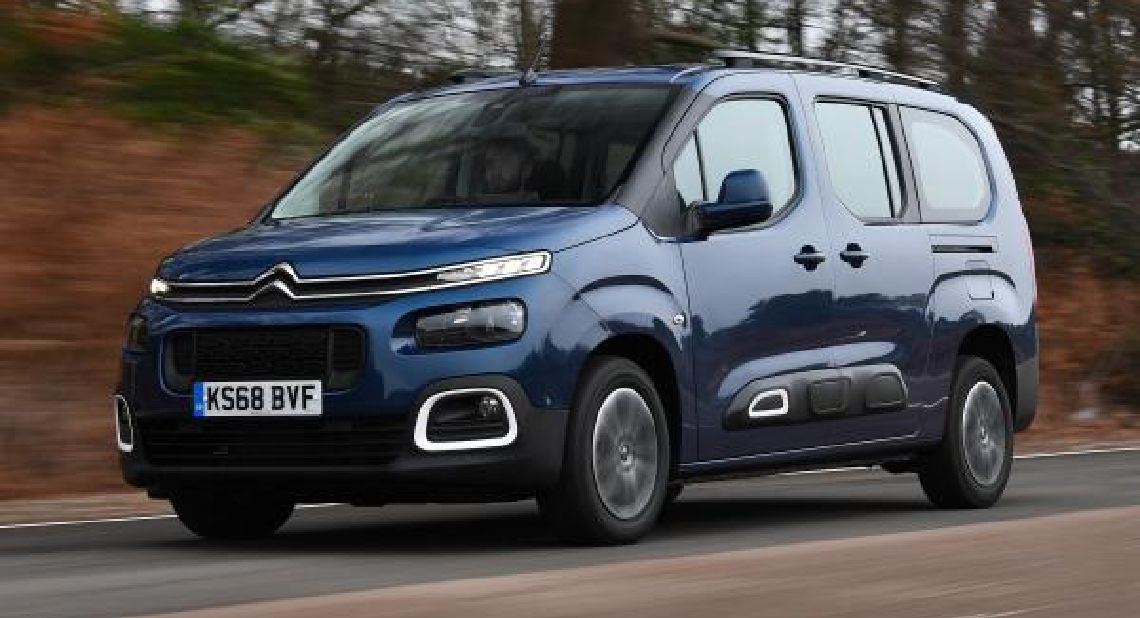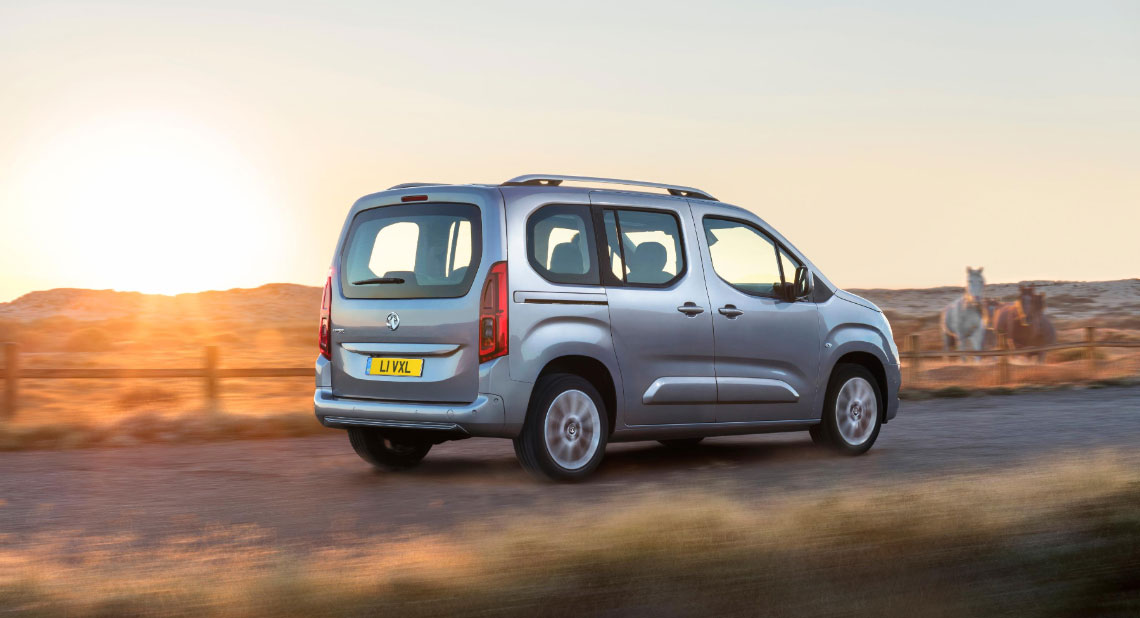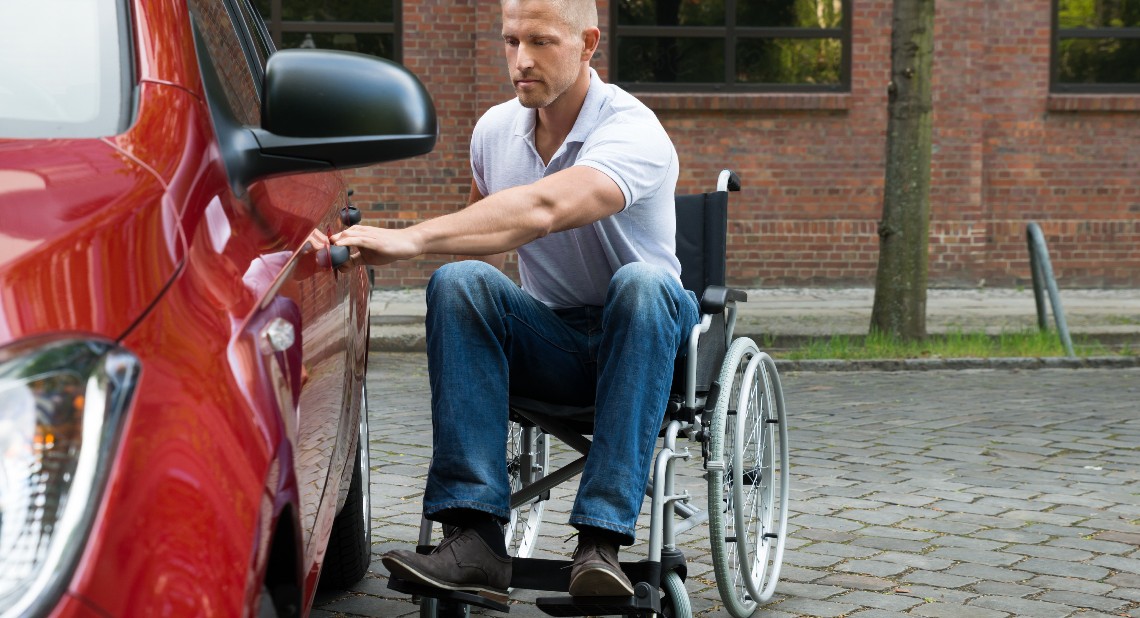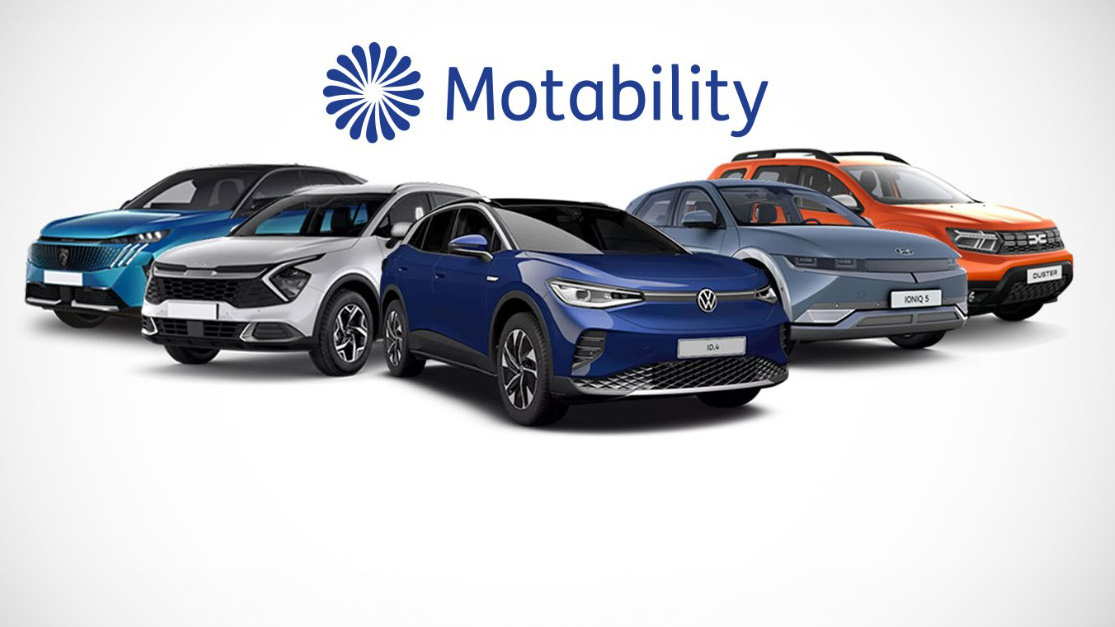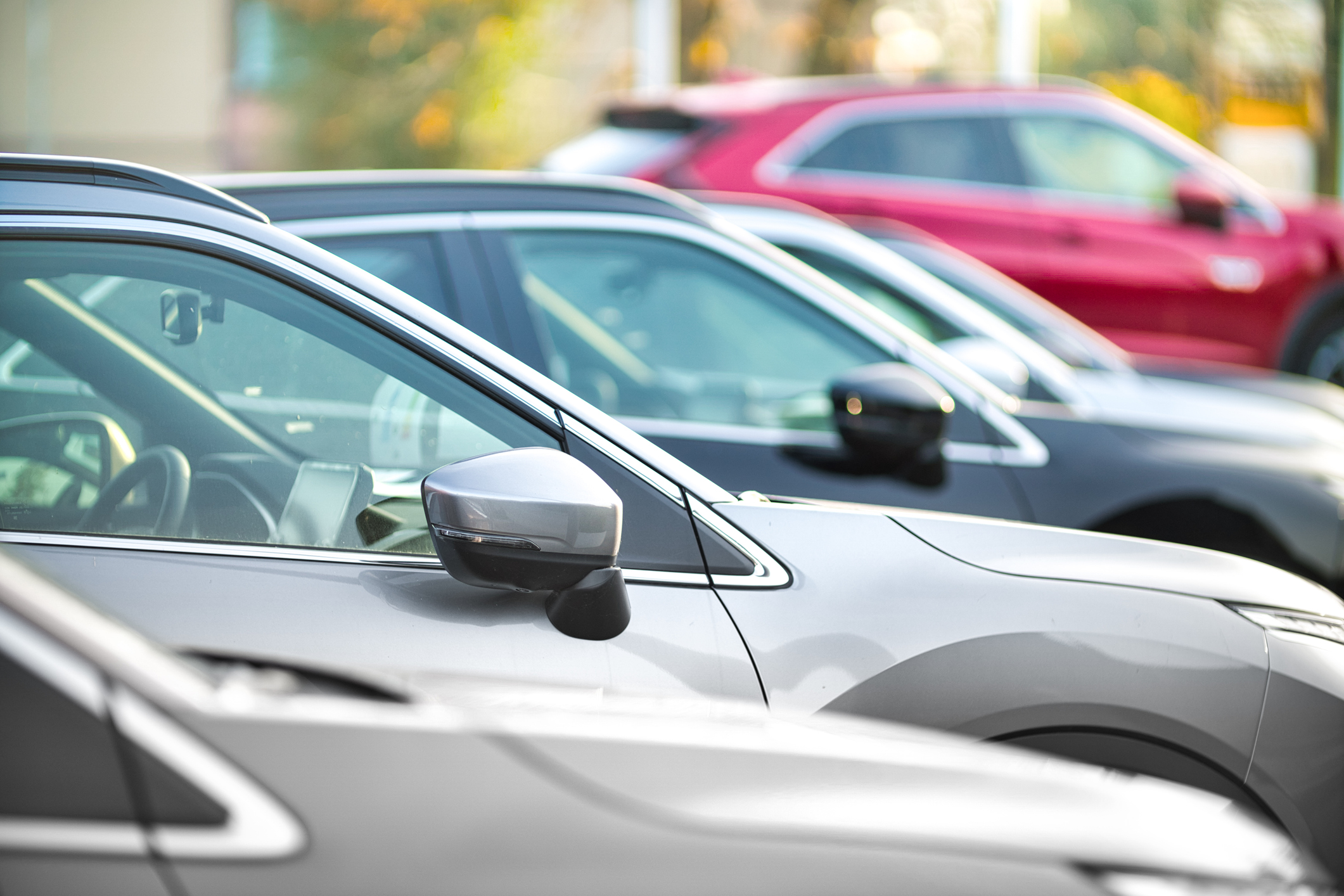Curious about what 2019 has to offer regarding van-based MPVs? This article by Auto Express explores nine vans with sliding doors and their features inside and out — including everything from engine performance to comfort. Read on to learn more and see if these vehicles might be right for you.
Over the last two decades, there’s been a steady stream of van-based MPVs trickling into the UK market. They almost always share their underpinnings with a commercial vehicle from within the manufacturer’s line-up, outfitted with more comfortable interiors and lengthened equipment lists. Crucially, though, they also bring van-style sliding side doors that are so popular with buyers prioritising practicality.
Some purpose-built passenger cars have adopted the sliding side door solution for entering and exiting the rear of the vehicle, but today, the majority of its exponents are van-based. Don’t let this put you off because, despite their commercial origins, modern cars with sliding side doors offer comfort and quality to match most mainstream MPVs. Most importantly, all the members of this list come with the practical benefits of wide-opening sliding side doors that not only make loading or getting in and out easier but also help with access in tight spaces.
Aside from their novel door arrangements, these ‘vans with windows’ offer boxy proportions, no-frills practicality, simple engineering and (generally) seating for seven, which makes them a good solution for family transport. The front two seats tend to be fixed in place, with the second and third rows folding or lifting out to offer multiple seating configurations. In the van-based models where the seats can be removed entirely, it’s possible to achieve virtually the same carrying capacity as the original van.
As so many cars with sliding side doors are based on vans, they’re reasonably priced too, making them a good choice for budget-conscious families, with insurance, maintenance costs and fuel all being low. Elderly or disabled motorists will also appreciate the qualities of these vehicles, which remain a popular choice under the Motability scheme.
Best cars with sliding side doors
So without further ado, here’s our pick of the best cars with sliding side doors on today’s market.
Peugeot Rifter

The Peugeot Rifter shares its underpinnings with the Peugeot Partner van but masks its commercial roots with a suite of rugged stick-on SUV-style accessories and a redesigned interior with a range of clever storage bins. Higher-specced models also come with a panoramic glass sunroof and translucent overhead shelf, which adds light to the cabin.
The Rifter comes with either a 108bhp turbocharged 1.2-litre three-cylinder petrol engine or a 128bhp turbocharged 1.5-litre four-cylinder diesel engine, and buyers can choose from a five-speed manual, a six-speed manual or an eight-speed automatic transmission (depending on the engine). However, we recommend the last choice, as it suits the Rifter’s relaxed driving style.
There’s plenty of legroom, even for passengers in the rear-most row. Fold the seats flat, and there’s a cavernous 3,000 litres of boot space on offer in the standard-length model. Also, thanks to the Rifter’s upright driving position, visibility is good, while its slab sides and short nose make it easy to place on the road and park.
Citroen Berlingo

The Citroen Berlingo is basically a re-branded version of Peugeot Rifter. Like the Rifter, the Berlingo comes in two body styles, with the long-wheelbase option offering room for seven seats. There’s ample boot and passenger space regardless of the model, and all versions come with an array of deep cubbies and handy storage bins.
However, a broader range of engines is available in the Berlingo, with buyers given the choice of two petrols and three diesels. PSA’s turbocharged 1.2-litre three-cylinder petrol engine is offered with either 108bhp or 128bhp, while the firm’s turbocharged 1.5-litre four-cylinder diesel can be had with either 74bhp, 99bhp or 128bhp.
Those looking for an automatic will have to opt for the most powerful diesel; the eight-speed gearbox is the same unit fitted to the Rifter and matches the Berlingo’s relaxed nature well. Elsewhere, the Berlingo is manal only, with either five- or six-speed transmissions available, depending on the model.
Vauxhall Combo Life

The Vauxhall Combo Life is the third member of the platform-sharing venture which produced the Peugeot Rifter and the Citroen Berlingo. It’s designed to replace the Vauxhall Zafira, offering more subdued styling than its French siblings and a less attractive interior than the Rifter. However, beyond the humdrum styling lies a refreshingly honest MPV.
Its engine range is identical to the Berlingo’s, with two petrols and three diesels. The highest-powered diesel unit offers economy figures of between 45.8mpg and 50.9mpg when paired with a manual gearbox. With the eight-speed automatic fitted, these figures drop to between 45.2mpg and 50.7mpg.
Mercedes V-Class

Mercedes’s V-Class is a luxury alternative in the price-led van-based MPV market. It shares a platform with the Vito panel van, but features a range of high quality, S-Class inspired additions including a new dashboard with “turbine” air vents, plenty of soft-touch plastics and a 10.25-inch infotainment system.
Mercedes also provides buyers with the option of “luxury seats” for the V-Class’s second seating row. They’re similar to the items fitted to the rear of range-topping S-Class saloon, offering a full reclining function, a ventilation system, heating, and a back massage function.
It’s powered by a turbocharged 2.0-litre four-cylinder diesel engine, available in two states of tune. The entry-level V 250 d has 188bhp and 440Nm of torque – enough for a 0-62mph time of 9.5 seconds and a top speed of 127mph. The more powerful V 300 d develops 236bhp and 500Nm of torque, offering respective figures of 7.9 seconds and 137mph.
Ford Grand C-MAX

Like most entries on this list, Ford’s seven-seat MPV offers value for money, practicality and space. Also, as it’s based on the same platform as the previous-generation Focus, it’s one of the best in its class to drive, with models built after 2015 being treated to stiffer suspension setup, retuned dampers and electrically assisted power steering.
The Grand C-MAX has a good range of engines, including a 1.0-litre three-cylinder EcoBoost with either 99bhp or 123bhp, a 1.5-litre four-cylinder EcoBoost with 148bhp and a 1.5-litre four-cylinder diesel with 118bhp. The 1.0-litre petrol units come with a six-speed manual; the diesel option can be had with either a six-speed manual or a six-speed auto, and the 1.5-litre petrol has a six-speed automatic.
There’s plenty of equipment on offer, especially if you opt for Titanium models and above, which come as standard with automatic lights and wipers, cruise control and 17-inch alloy wheels. Ford’s superior SYNC 3 infotainment system can also be specced, offering a better user interface to old SYNC 2 system, as well as sat-nav, Apple CarPlay and Android Auto.
Volkswagen Caravelle

Unlike the C-MAX, the Volkswagen Caravelle shares its underpinnings with a commercial vehicle; the Volkswagen Transporter van. Like the Mercedes V-Class, it’s an upmarket van-based MPV, with range-topping Executive models offering a wide range of seating arrangements, leather upholstery and air conditioning for all three seating rows.
It’s powered by a pair of Euro 6 compliant 2.0-litre four-cylinder diesel engines. The entry-level model produces 148bhp, while the range-topping bi-turbo variant has an impressive 201bhp. Both units can be specced with either a six-speed manual or a seven-speed DSG transmission.
Volkswagen will refresh the Caravelle range later this year, with a new all-electric powertrain, a new infotainment system and a suite of updated safety tech. As such, pre-facelift models are currently being sold at a reduced price to clear space for the new stock, so there’s potential to grab a bargain.
SEAT Alhambra

The SEAT Alhambra was designed as an MPV from the outset, unlike the van-based options but it is getting a little long in the tooth these days. The entry-level Alhambra comes as standard with 17-inch alloy wheels, an electrically adjustable driver’s seat, rear privacy glass and front fog lamps with cornering function.
It’s available with either turbocharged 1.4-litre four-cylinder petrol, with 148bhp, or a 2.0-litre four-cylinder turbo diesel, with either 148bhp or 175bhp. We suggest you opt for the more powerful diesel option, as the extra torque is welcome when transporting seven people and all their luggage.
Because the Alhambra shares its underpinnings with the previous-generation Volkswagen Passat, rather than a commercial vehicle, it feels surprisingly car-like to drive. It carries its weight low down and doesn’t roll too much through corners, offering both agile handling and a comfortable ride.
Toyota Proace Verso

The Toyota Proace Verso is another van-based MPV, designed to fill the void left by the Japanese brand’s much-loved Previa, which was discontinued back in 2007. It can be specced with a range of seating configurations with eight- or nine-seat variants for the average buyer, and more plush six- or seven-seat “VIP” models for the well-heeled.
In the standard wheelbase, eight-seat model, boot space stands at 282 litres. Medium- and long-wheelbase variants are also available offering 627 litres and 977 litres respectively – or a lot of extra legroom for passengers. The rear-most seats can also be removed, allowing capacity to swell to a huge 1,242 litres in the standard model.
Buyers have the choice of three engines. A turbocharged 1.5-litre four-cylinder diesel acts as the entry point, with 118bhp. A turbocharged 2.0-litre four-cylinder diesel also is available in two states of tune, with the lesser-powered model offering 148bhp and the range-topping variant 178bhp.
The least powerful engines both come with a six-speed manual transmission as standard, while the most potent model can only be specced with a six-speed automatic.
Ford Tourneo Connect

A slightly smaller offering from Ford, the Tourneo Connect is essentially a Transit Connect van with rear seats and windows. Like all the MPVs on this list, it comes with rear sliding doors which provide access to a roomy interior, laden with storage bins and cup-holders. Unlike the Proace or the Berlingo, though, the Tourneo is only available with five seats.
Passenger carrying limitations aside, the Tourneo Connect offers plenty of load-lugging capability, with a maximum boot capacity of 2,410 litres. Leave the rear seats in place, and the Tourneo’s boot will comfortably swallow 913 litres – nearly twice as much as the C-MAX.
It’s got a good range of engines, too, with two 1.6-litre four-cylinder diesels (with either 94bhp or 113bhp), a 1.0-litre three-cylinder petrol (with 99bhp) and a 1.6-litre four-cylinder petrol (with 148bhp). We advise you to opt for the most powerful diesel, though, as its six-speed manual transmission is far superior to the six-speed automatic fitted to the highest-output petrol.
This article was written by Luke Wilkinson from Auto Express and was legally licensed through the NewsCred publisher network. Please direct all licensing questions to legal@newscred.com.
Please note that not all of the vehicles listed above are available within the Motability Scheme. To learn more about available vehicles click here.
Related articles
Which Wheelchair Accessible Vehicle (WAV) is right for you?
Small cars, estates or SUVs: What type of car suits your needs?
Looking after your Wheelchair Accessible Vehicle (WAV)
![]()
